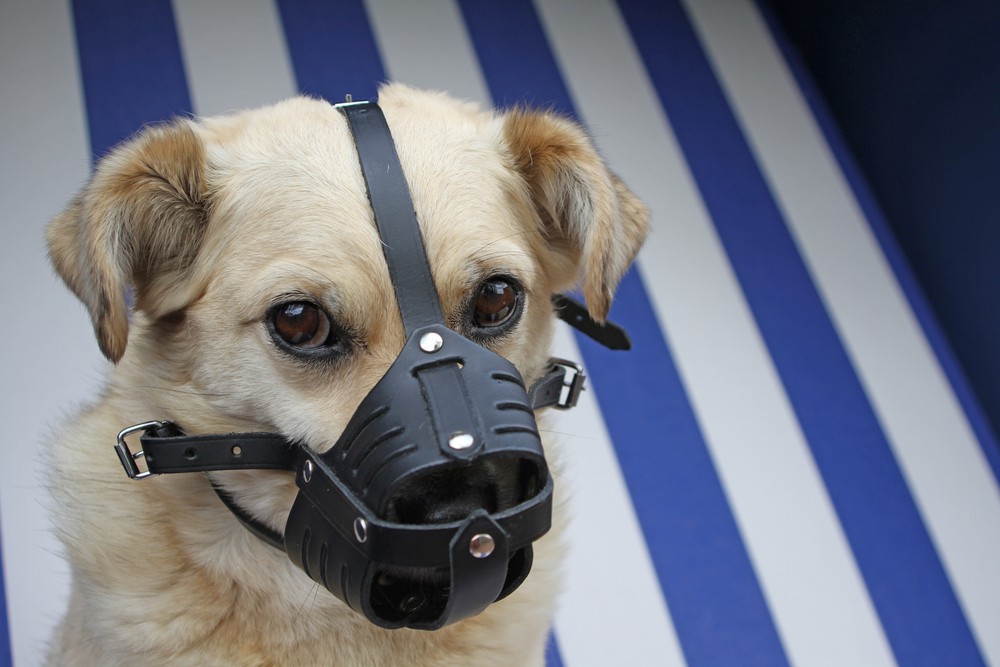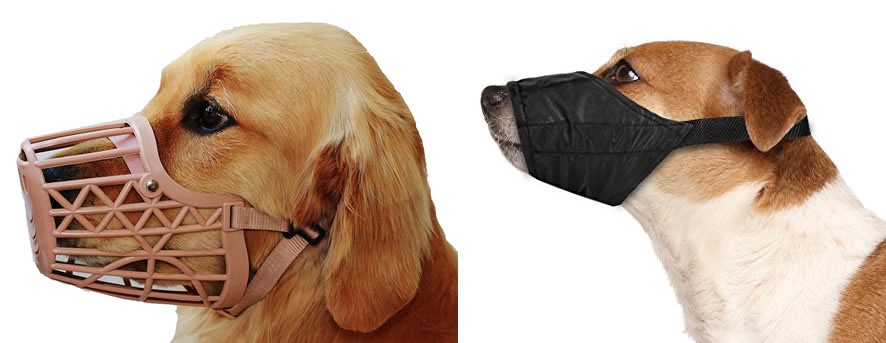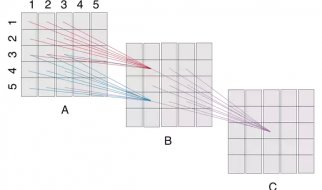When we make the suggestion to muzzle train a dog, we?re often met with the face that says, ?you must be joking ? why on earth would I ever need a muzzle? My dog is nice!? Sometimes, it?s a tough argument to make. That sweet, wiggly Lab puppy would NEVER need to be muzzled, right? Not necessarily. Here?s why.

Dogs are Dogs
Dogs have a natural fight or flight response. That means if they are stressed on any level, be it mental or physical, they will try to run and if they can?t run, they may be forced to try to defend themselves.
These days the role of dogs often gets skewed. They are family members and it?s hard to even fathom that they may one day become uncharacteristically aggressive. Even for those of us who work with dogs on a scientific basis, like trainers or vets, it?s hard not to get wrapped up in how much we love our 4-legged family members. We anthropomorphize like the rest of the world, and that?s fine when things in life are smooth and simple. It?s not until you encounter a stressful situation with your dog that you may have to think differently as all creatures will revert to the instincts of their species ? and for dogs, that is fight or flight.

All Dogs will Bite
Under the right set of circumstances, all dogs will bite. All dogs have thresholds of tolerance. If they operate sub-threshold, that means they are in a state that, in their mind doesn?t warrant any type of aggression. If a dog gets pushed beyond their comfort zone, you will see them reach thresholds for different stages of aggression. Dogs who are usually ?nice? dogs, will typically have high thresholds that take more pressure to reach, so you?re less likely to see any type of aggression. However, given the right pressure, all dogs will reach thresholds. Initially, reaching a threshold may mean you see your dog lick his lips or avoid eye contact. They may try to display their discomfort by laying down and showing their bellies. If none of these early tactics work, they may resort to growling or lunging, and eventually biting as a last resort to keep safe from a perceived threat. Some dogs have long levels of tolerance between thresholds while others will progress more quickly to the bite stage.
The Muzzle Advantage
Hopefully, you?ll never need to use a muzzle and it will merely be a precautionary training measure, but you never know. Life has a way of throwing curve balls and it?s no different with dogs. One of our instructors woke up one morning to find her Corgi in severe distress. He was clearly in pain. In her early efforts to help, she and her partner picked him up gently using the dog bed. Their intention was to get him into the car and off to the vet, but in the commotion, she was bitten badly by the dog. Now, he was a nice dog. In fact, I don?t think there are many dogs who are nicer. He was wiggly, sweet, lovely and listened eagerly, but in that moment, he was in pain and he was confused and frightened. In that state, he did what dogs are hardwired to do when their brain switches into self-preservation mode. It turned out he had damaged a disc in his back, which is a common and painful injury in long-backed dogs. After many months of veterinary intervention, rehabilitation and a custom built cart to support his back end, he lived a full and wonderful life ? and he never bit or attempted to bite again.
That was an extreme situation, but it illustrates the point. Most ?nice? dogs still have moments where social or physical pressure can be overwhelming. What of the dog who is scared or stressed at the veterinarians? In a perfect world, dogs would understand that the poking and prodding is for their own good, but that?s not the way things work. Taking some time to train a dog on a muzzle will ensure that when you need to keep them calm and keep everyone safe, you have that option. If the muzzle allows the vet to examine and help your dog, they?ll be much better off if they are hurt or sick. Waiting until your dog is in a crisis situation to introduce a muzzle will only add more stress, so prior planning, exposure and acceptance is very important for your dog?s well being.
Different Types of Muzzles
The two main styles of muzzles are basket and cloth. They both have their purpose, but it?s very important to note that a cloth muzzle won?t allow a dog to pant properly. This means that if you are using a muzzle in any situation where a dog may be stressed or warm, it should be a basket muzzle that allows the dog to pant and also drink.

To Get a Dog Accustomed to a Muzzle
This should be a calm process. There are few situations where you would want to muzzle train a dog and heighten their excitement. Keep your voice and praise calm. If you have a hard time using soothing tones, you may want to use a clicker. You should work several short sessions with your dog
- Starting with high value rewards, place the muzzle on your lap with the opening facing the dog and drop a treat into it. Allow the dog to eat it. Repeat 2 or 3 times
- Continue to place the treat deeper and deeper into the muzzle.
- Once your dog is comfortable putting their face far into the muzzle, start to reward them through the holes in the front of the muzzle. The amount of time you spend at this stage is dependant on your dog?s reaction to putting their face into the muzzle. Take your time and don?t rush this step. It?s important to be patient to help your dog learn to be calm.
- Next, elongate the duration before you reinforce them so that they get used to waiting calmly for their reward. Get to the point where you can count up to 1 minute in length before rewarding. This will take some time as initially, you should only pause for a second or two. You may need several days or several weeks, depending on your dog?s response to the muzzle.
- Once they will wait calmly for up to 1 minute without removing their face from the muzzle, start to buckle it for short durations. Be sure to reward before you remove the muzzle.
- Elongate the duration that the muzzle remains buckled for.
- Practise examining your dog with the muzzle on.
Once your dog is muzzle trained, be sure you come back to it occasionally to keep up with their comfort level. Hopefully you will never encounter a situation where you need to use the muzzle, but if you do, you?ll be glad you planned ahead.
As always, Happy Training!

About The Author: Hi! I?m Shannon and I joined the McCann team in 1999 while training Quincey, my wonderful and spirited Rottweiler, to have good listening skills. I?m the Director of Online Training and Content for McCann Professional Dog Trainers and I enjoy writing about dogs and dog training for the McCann blog. I currently share my life with 2 Tollers (Reggie & Ned) and I love helping people develop the best possible relationship with their 4-legged family members. Join us for a FREE lesson at MyDogCan.McCannDogs.com.


